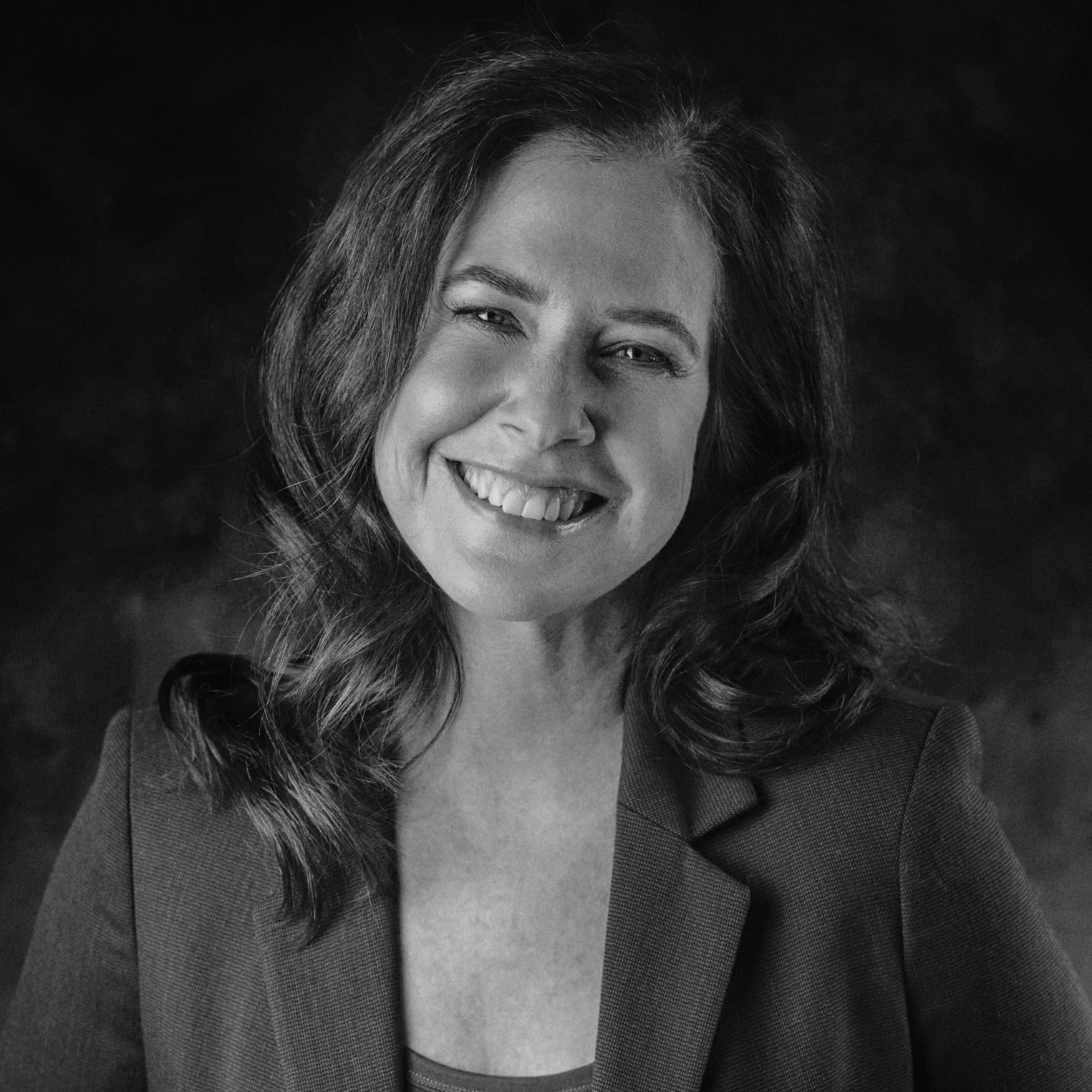Can Personal Loans Be Used for Medical Debt or Medical Emergencies?

It’s not uncommon to face a surprise medical bill that’s unaffordable. Even before the pandemic, nearly one-third of Americans had medical debt. More than half of those that struggled with medical debt had defaulted.
Medical costs have been steadily rising and are expected to continue to increase through a public health crisis that has already left many people financially fragile. Unexpected medical costs can be financially devastating for many families. In fact, two-thirds of Americans who file for bankruptcy are driven to do so because of medical debt.
That Americans are financially unprepared for emergencies is only one piece of the problem. About 30% of Americans wouldn’t be able to cover a $400 unexpected cost without borrowing money or selling belongings, the Federal Reserve found, and 8% of Americans lack health insurance. But even those who save conscientiously and maintain health insurance coverage can get stuck with unaffordable bills. The medical billing system is complicated, and it’s difficult to know what you’ll pay when you go in for treatment. That’s especially true for emergency room visits, which cost patients $1,389 on average. If you are uninsured or taken to an emergency room that doesn’t accept your insurance, the cost could be much higher.
If you’re facing an unaffordable medical bill, it’s important to deal with the problem before the bill gets sent to collections, which can hurt your credit. One option is to apply for a medical loan. But before you borrow, you should carefully weigh the pros and cons and explore any alternatives available to you.
What is a medical loan?
A medical loan is a personal loan issued by a lender for the purpose of covering medical debt or paying a new medical bill. These are typically unsecured loans that require a credit check. However, it’s possible to get a secured loan, such as an auto equity loan, instead. This could be easier to qualify for and result in a lower APR. Some installment lenders may also offer no-credit-check medical loans, but these come with higher interest rates.
Before you start shopping for medical loans, you should check your credit report at AnnualCreditReport.com. Your score will tell you which loans you may qualify for. If you have excellent credit, you can enjoy a low-interest rate on an unsecured personal loan. Fair credit borrowers can also get access to unsecured personal loans at a higher APR. If your credit is poor, you may need to opt for a secured loan or work with a lender that doesn’t require a credit check.
Pros and cons of using medical loans
Pros
- Quick cash: Some lenders can get you the money you need within a few days or hours of your approval.
- Higher borrowing limits: Personal loans can come in higher amounts, which could be ideal for covering expensive debts.
- Lower APRs: On average, personal loan APRs tend to be lower than credit card APRs.
- Longer terms: You can often take longer to repay a personal loan, which makes monthly payments more affordable.
Cons
- Costly for bad credit borrowers: If you’re offered a high APR and you need to choose a long repayment term, a medical loan could be extremely costly.
- Doesn’t reduce what you owe: Taking out a loan will only increase what you owe due to interest and fees.
- Difficult to repay without additional income: If you’re struggling to make ends meet on your current income, adding a monthly loan payment could put you in further financial distress. You may need to secure a second job or side hustle in addition to borrowing.
Comparing personal loans for medical bills
If you’ve determined that a medical loan is right for you, you’ll want to shop around and compare rates and terms from different lenders. Most lenders have a prequalification process you can use to check your APR without hurting your credit. You can also use a loan comparison site to check your rates at multiple lenders simultaneously. As you evaluate your options, consider the following:
Principal
A loan’s principal is the amount a lender agrees to lend you. You should work with a lender that can offer you enough money to cover your emergency medical bills or medical debts plus any applicable origination fee, but you shouldn’t borrow more than you need.
Origination fee
If you have excellent credit, you can likely find fee-free personal loan providers that don’t charge anything up front. Otherwise, you might be subject to an origination fee, which is intended to cover the lender’s cost of issuing the loan. These fees can range from 1% to 10% of the loan amount and are taken out of the principal.
Interest rate
An interest rate expresses how much additional money you’ll owe each period as a proportion of the principal. The lower the interest rate, the less you’ll pay over time.
APR
APR is even more useful than interest rate in comparing loan products, since it represents the total cost of borrowing, including origination fees and other costs, as a percentage of the principal.
Term
Choosing a long repayment term will lower your monthly payment but increase the amount of interest you pay. You should choose a term that provides you with a monthly payment you can afford, but borrowing money for longer than five years is generally not recommended.
Penalties
Some fees, such as prepayment penalties and late payment fees, aren’t wrapped into the APR. You should be aware of these penalties before signing the loan agreement. If you can, avoid lenders that charge a prepayment penalty. With a prepayment penalty, you’ll be charged a fee if you are able to pay off the loan early.
Alternatives to personal loans for medical bills
Talk to the provider
If you received a medical bill you can’t afford, there are a few ways your health care provider may be able to help. Many hospitals have financial assistance programs that you may be eligible for based on your income and whether your treatment was medically necessary. Even if you don’t qualify, you may be able to get a discount on your bill if you are uninsured. Some providers may agree to cover up to 50% of the cost if you don’t have health insurance.
If your bill is from an out-of-network provider, you might be able to negotiate a lower payment with the hospital. And even if the provider won’t lower your bill, they’ll usually provide you with the option of entering into a payment plan. A payment plan with the provider could be less costly than a personal loan, since hospitals don’t typically charge interest.
Talk to your insurance company
You should take the time to verify that the costs on your bill are accurate. The claims process is rife with mistakes, so if an expense wasn’t covered, you should contact your insurance company to find out why. If you believe there are errors, dispute them with your insurance provider.
Use a credit card
If you can qualify for a 0% introductory APR credit card and feel capable of paying off the debt within 12 to 18 months, applying for a credit card could be a smarter financial move than taking out a personal loan. This way, you’ll avoid all interest charges and origination fees.
Some health care providers also offer medical credit cards, which often feature deferred interest. These cards can only be used to cover health care costs with approved providers. Before applying for one, make sure you can pay the entire amount before the deferment period is over. Otherwise, you may end up paying all the interest that accrued since day one.
Keep in mind that putting your bill on a credit card might preclude you from receiving financial assistance, so check into assistance options first.
Ask for help
If you can borrow from friends and family, you’ll avoid interest charges and will be able to pay over time without additional stress from income volatility. You could also research local nonprofit organizations that may be able to help with medical bills. Some patients have also been successful with using crowdfunding to pay for important medical care.
How can I prevent medical debt?
Maintain Health Insurance
The best way to protect yourself against unaffordable bills is to maintain good health coverage. While plans with a low deductible cost more, they’ll save you from incurring costs outside your budget later on. If you must opt for a high-deductible health plan, consider opening a Health Savings Account (HSA). This will allow you to set aside pre-tax income to prepare for future medical bills.
Before enrolling in a health insurance plan, you should also check to see if you are eligible for Medicaid. Medicaid provides low-income Americans with free or low-cost health care coverage that can ensure you never face unaffordable medical care. Many states have now adopted and implemented expanded Medicaid through the Affordable Care Act, so income limits are higher than they used to be.
Keep a stocked emergency fund
Most experts recommend keeping at least three to six months worth of expenses in an emergency fund to insulate you from surprise costs and lost income. However, that may be an unrealistic goal for many low-income families. If you’re just getting started with building an emergency fund, aim to save a minimum of about $2,500. That’s the amount economists say is necessary to reduce your risk of falling into financial hardship. You might also set your savings goal to be the total of your deductible amounts for your health insurance and other coverages. This will ensure you always have enough to cover unexpected costs not picked up by your insurance company.
Take advantage of nurse hotlines
Many insurance companies provide a 24-hour hotline you can use to ask medical questions of a registered nurse. This can help you avoid an unnecessary trip to the emergency room. For example, if you hit your head and you’re not sure if you should be checked out immediately, a registered nurse can evaluate your symptoms and recommend a course of action. If you don’t have insurance, you can also use the free hotline from Research Medical Center.
Take preventative health care measures
Most chronic diseases are preventable by maintaining a healthy lifestyle and diet. Taking measures such as quitting smoking, avoiding too much alcohol, getting enough sleep and exercise, and eating healthy can reduce your risk of needing health care services later on. You should also get preventative screenings and regular check-ups with your primary care doctor to identify potential problems before they become emergencies.
Should I take out a personal loan for medical expenses?
In general, you should only borrow money if you’ve exhausted your other options. Reevaluating your budget, attempting to gain additional income, selling belongings, negotiating with your provider, and asking for help should all come first, especially if you won’t qualify for a 0% APR credit card or the most favorable rates on a personal loan. But if you don’t have another way to cover the expense and your bills are about to go to collections, taking out a personal loan can protect your credit and give you the time you need to look for other solutions, such as a second job.
Whether you have good credit or not, there may be medical loan options available to you. Before signing an agreement, however, you should ensure the monthly payment will fit into your budget. Defaulting on a personal loan could lead to even greater financial distress. Always research potential lenders and come up with a plan for repayment before applying for a personal online loan.




